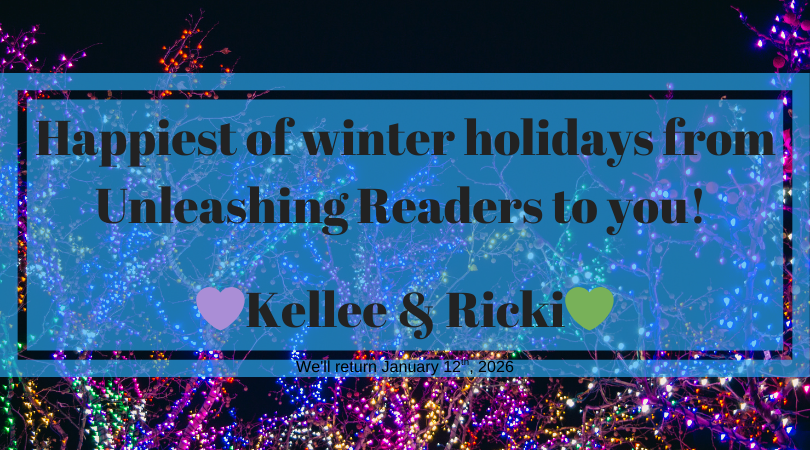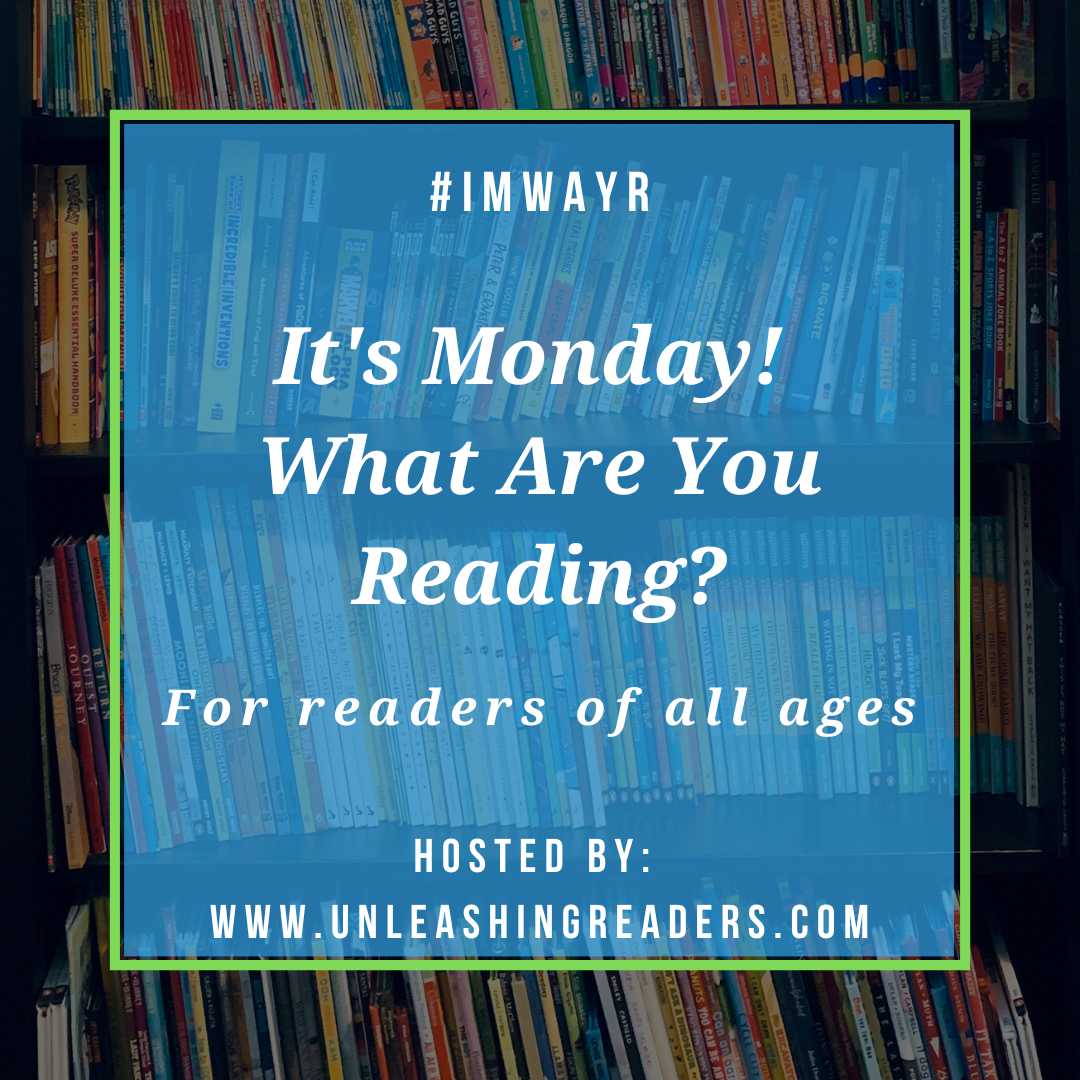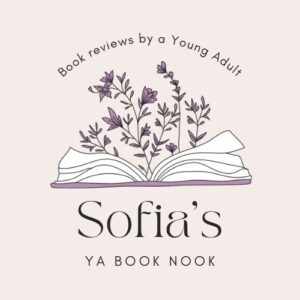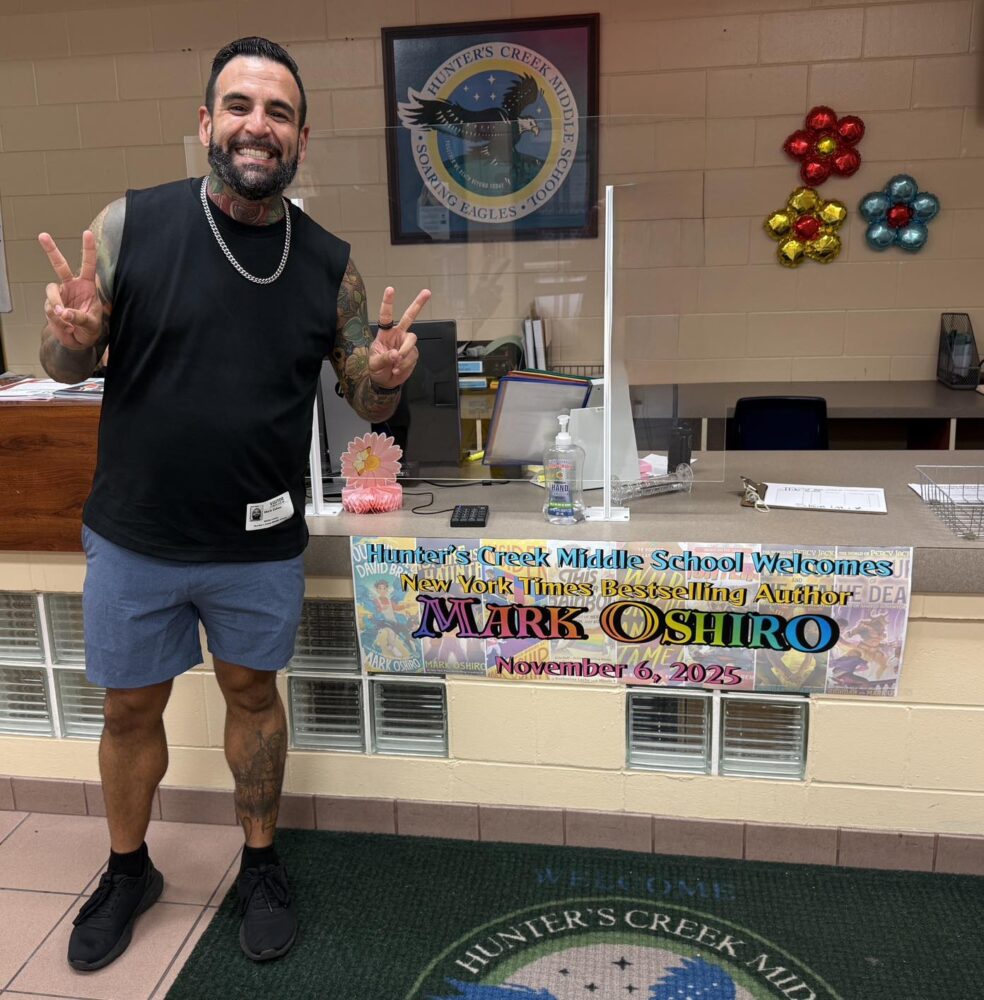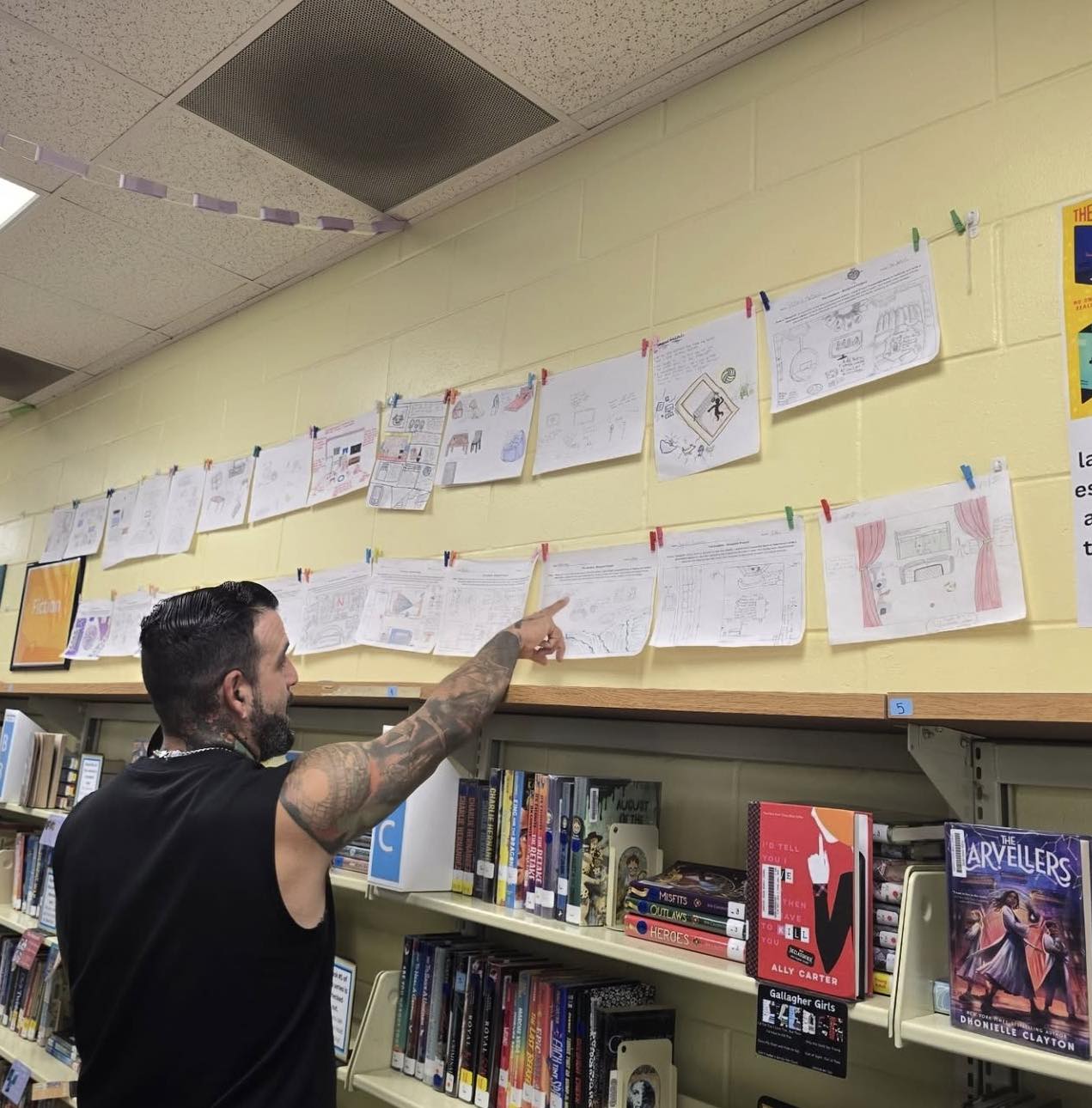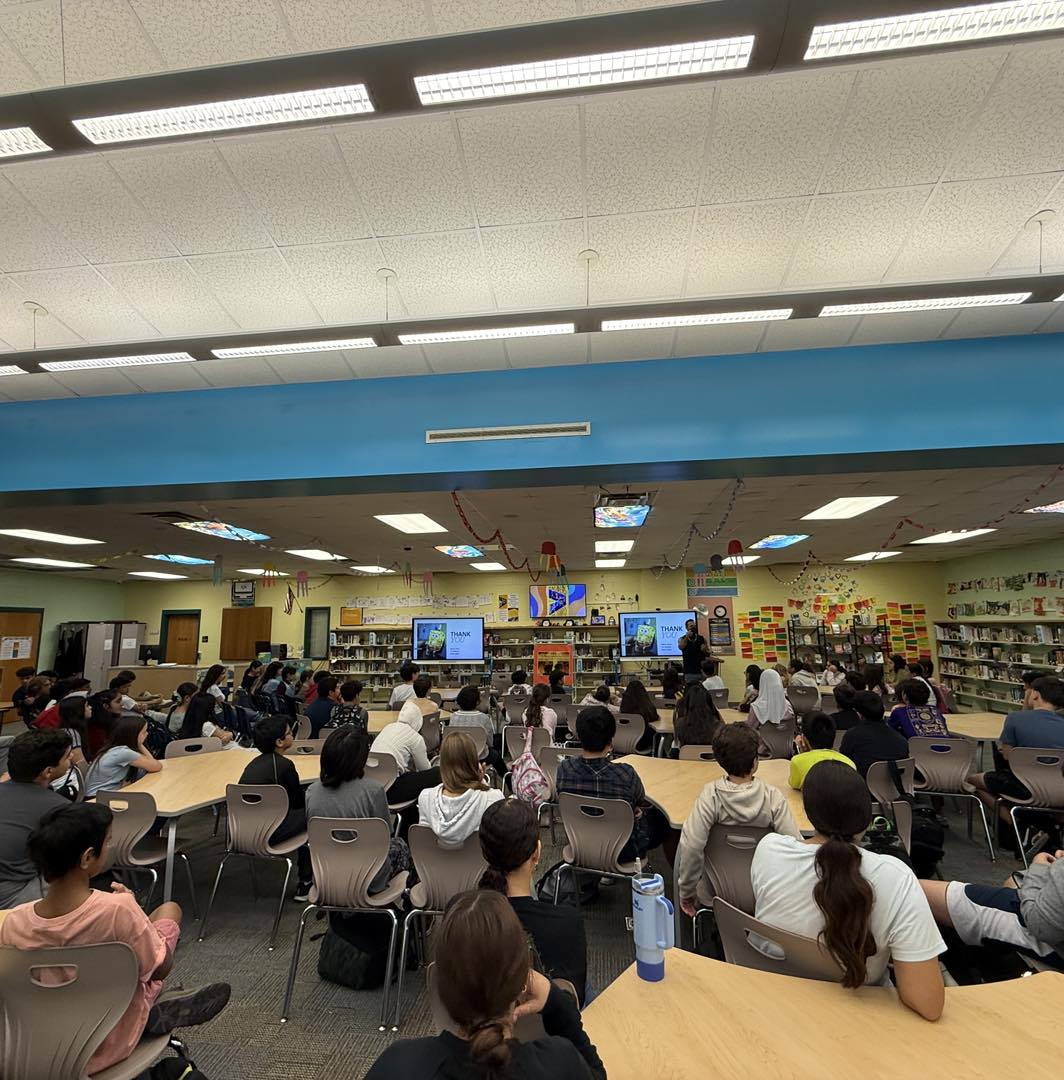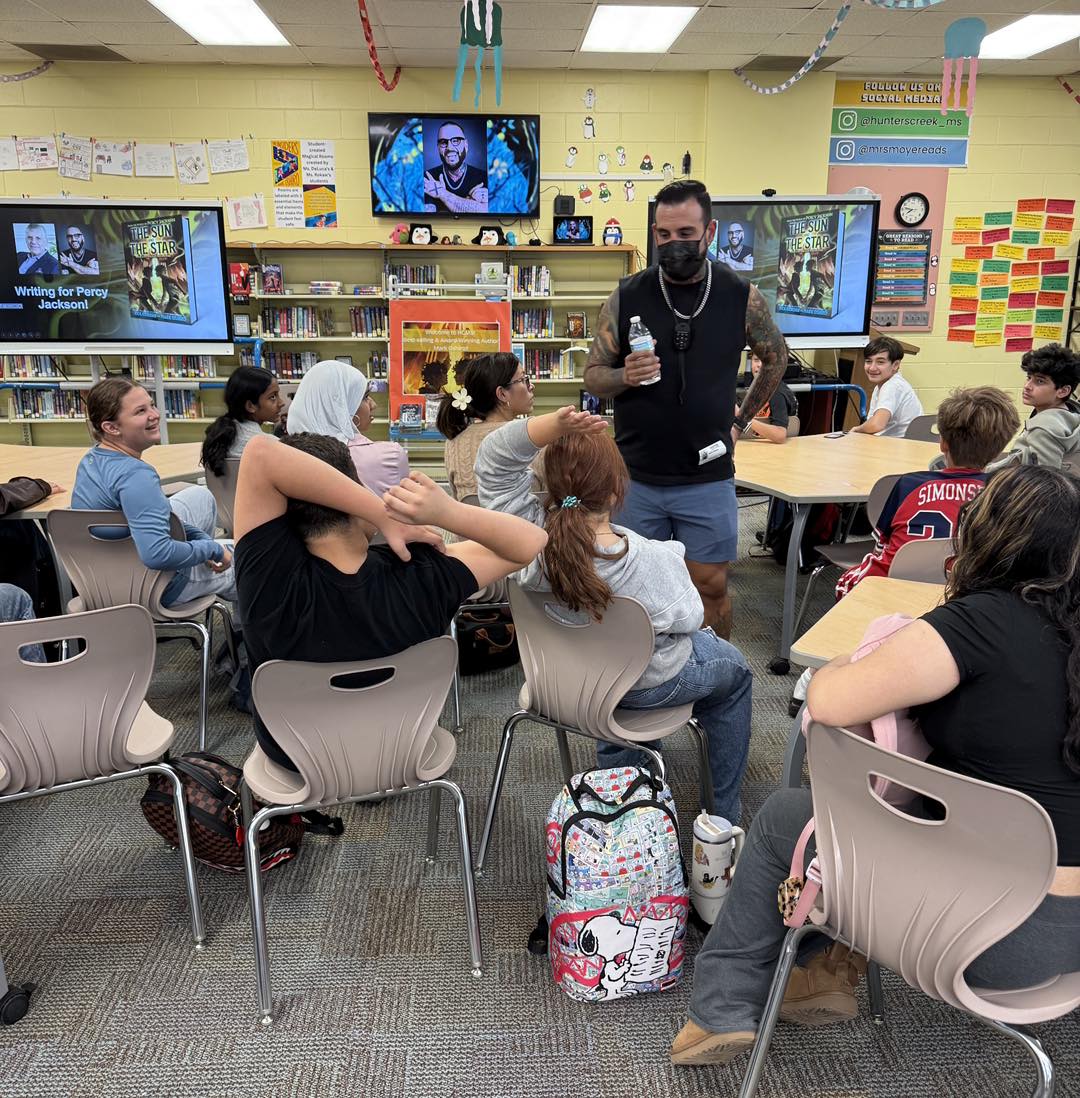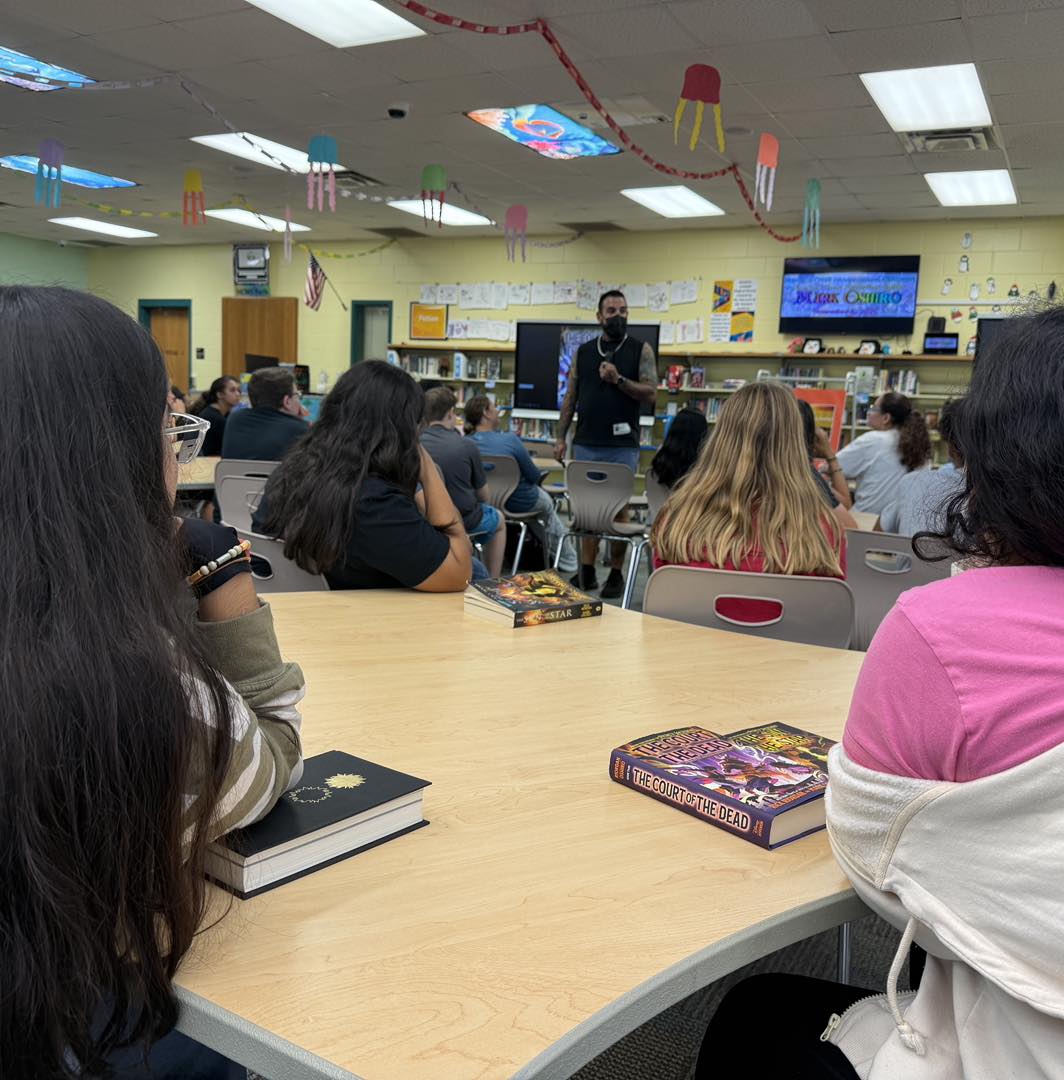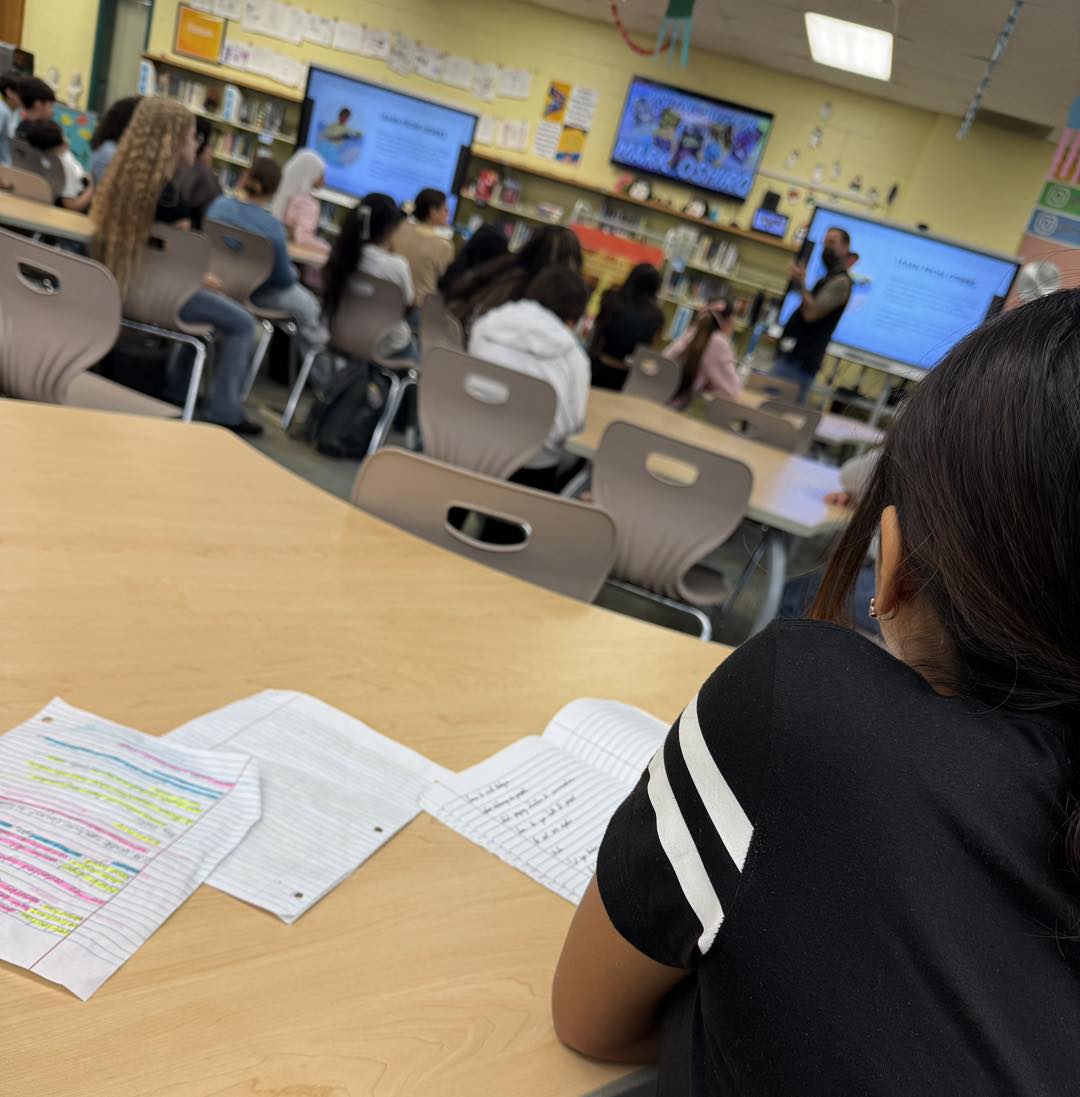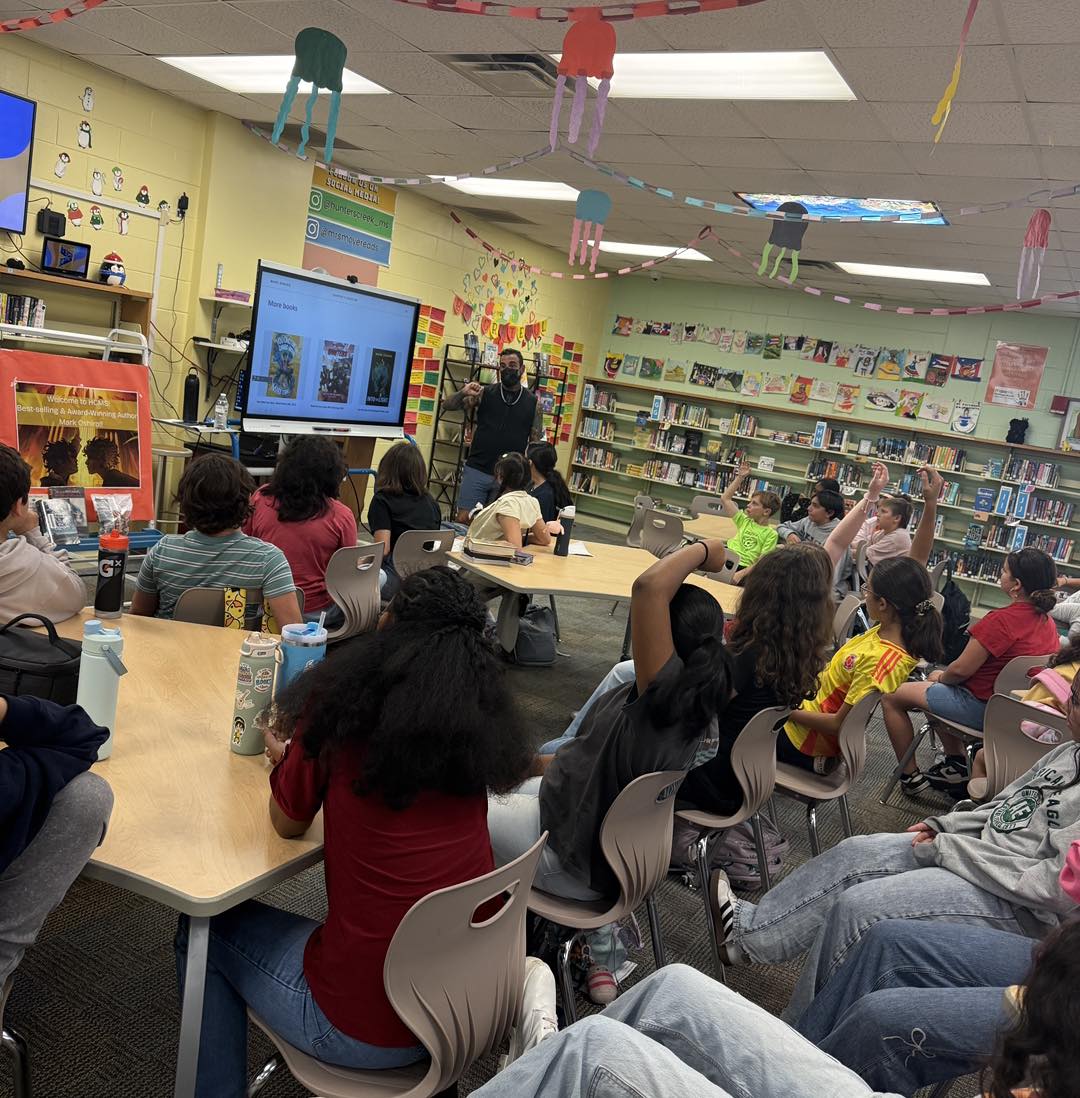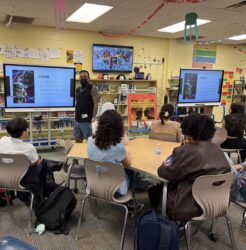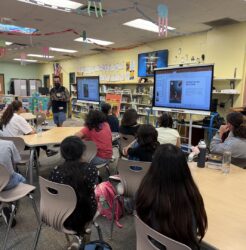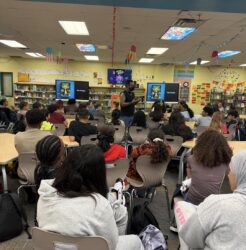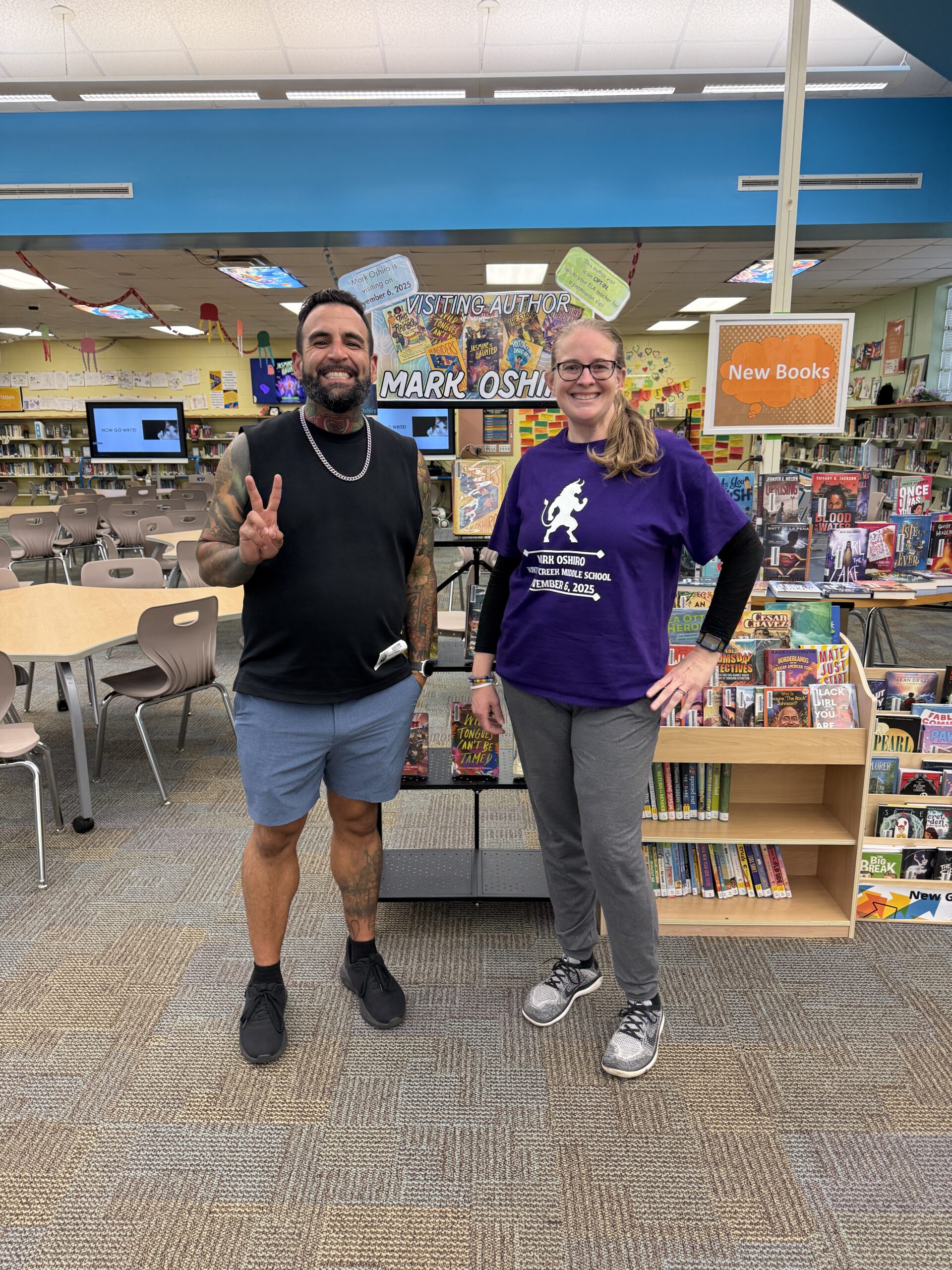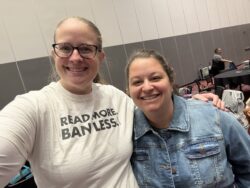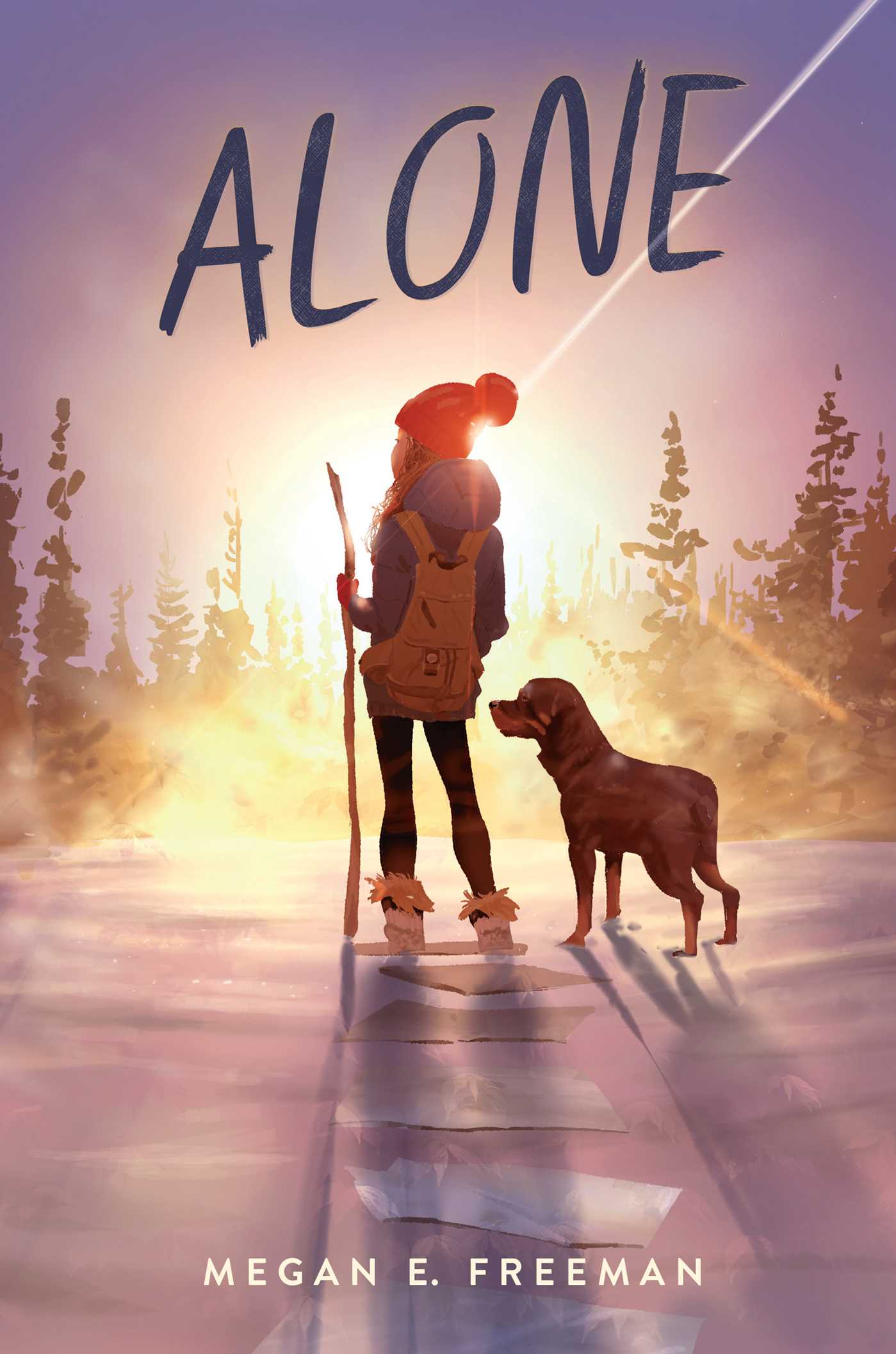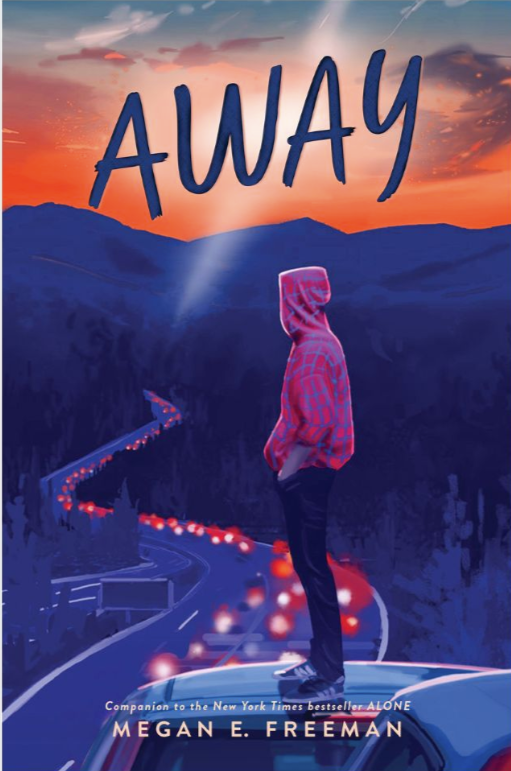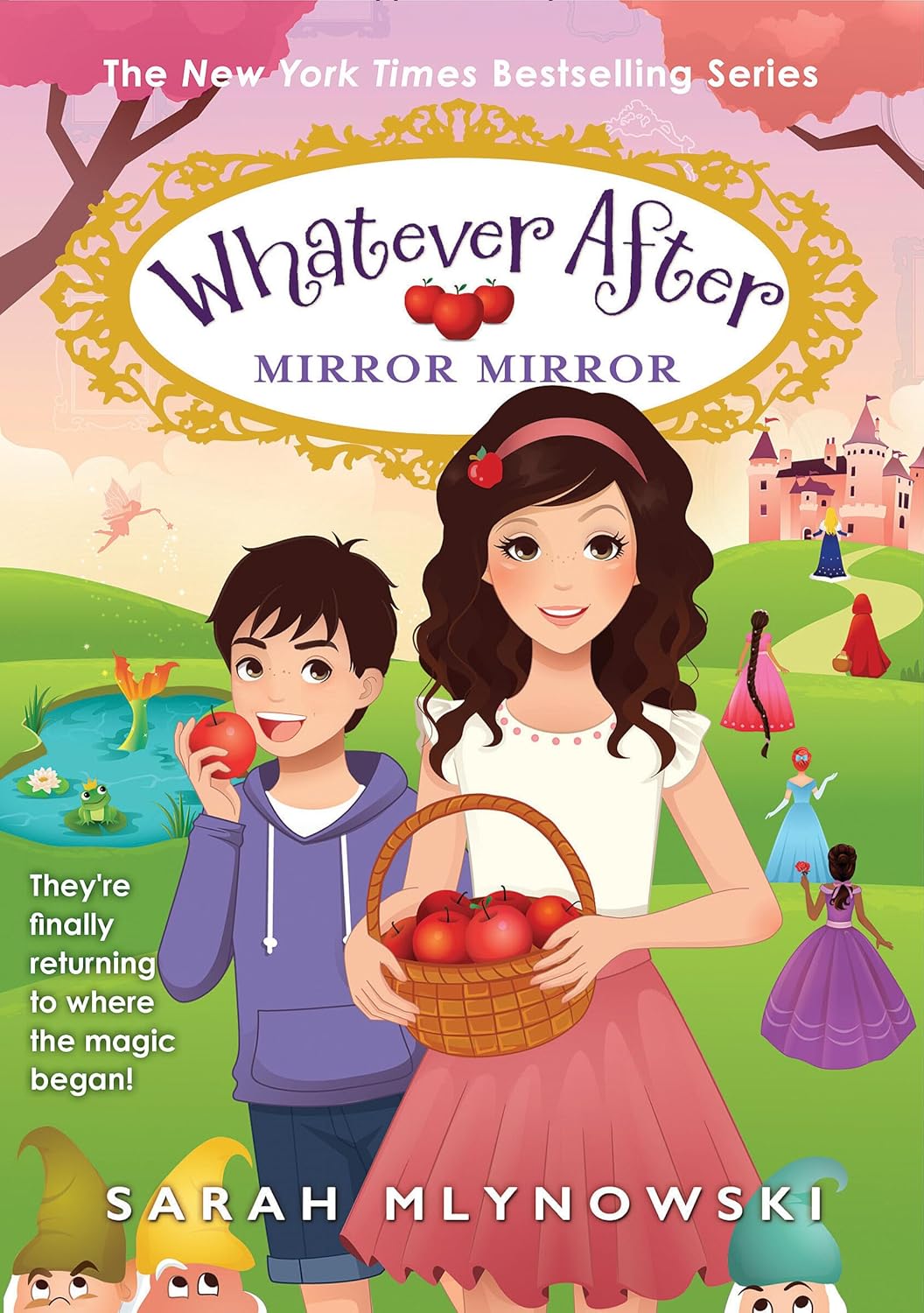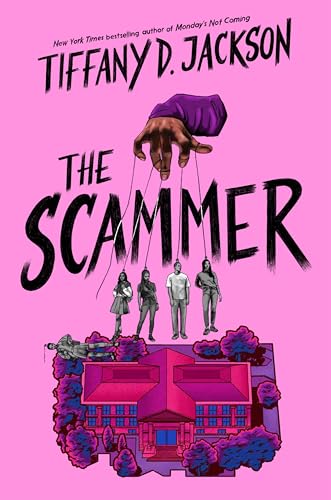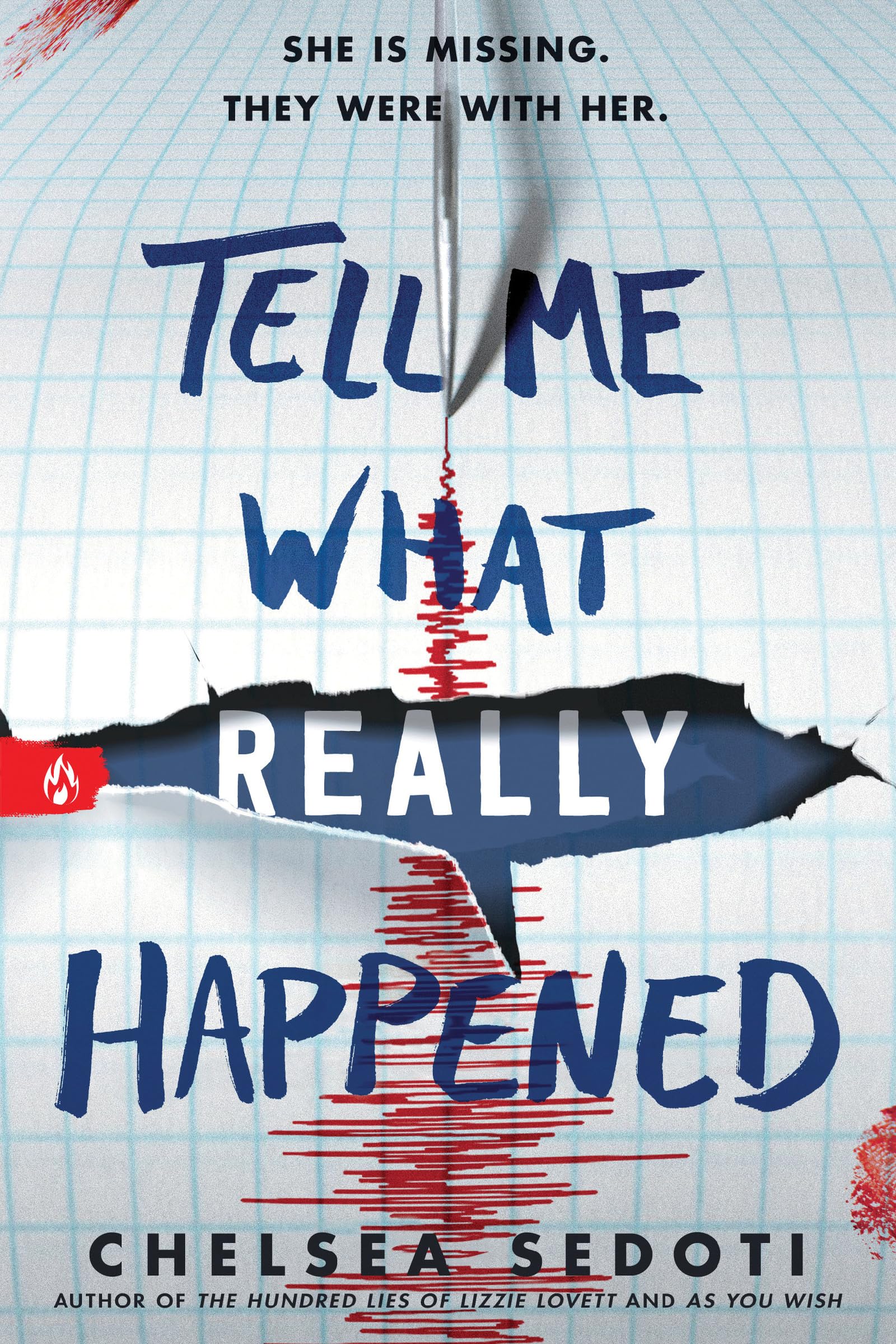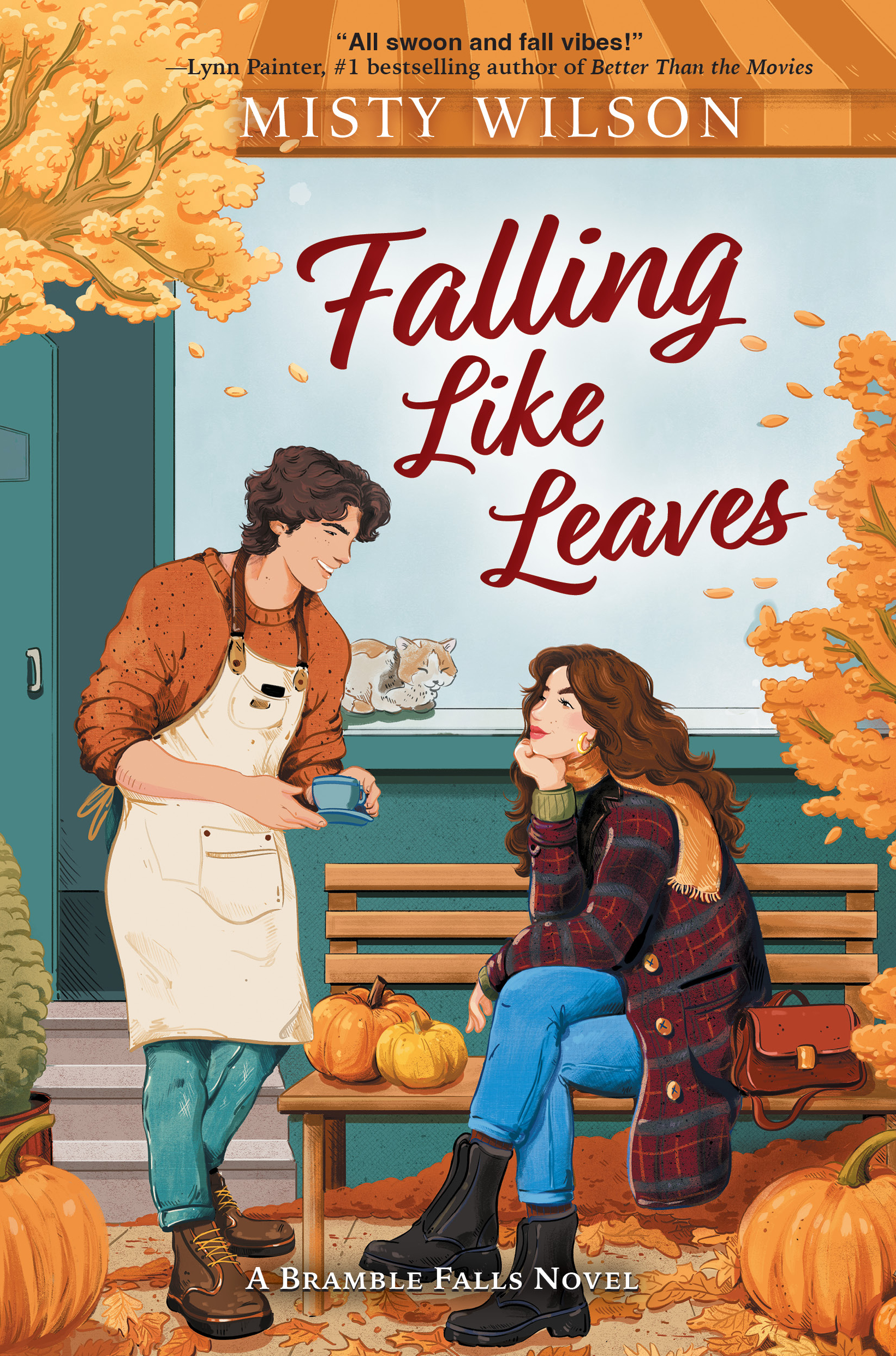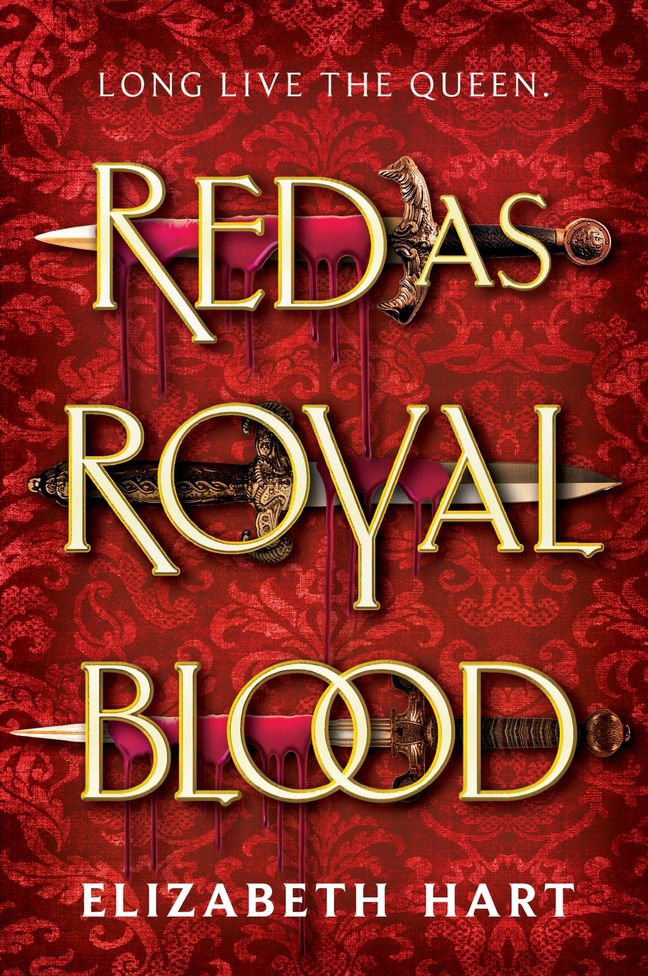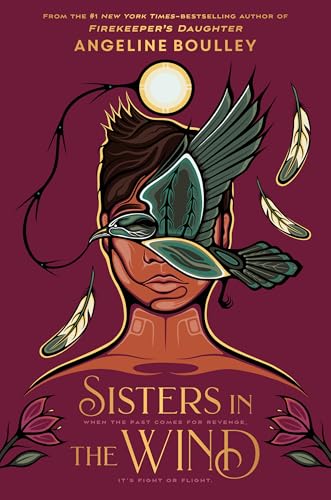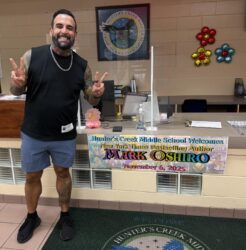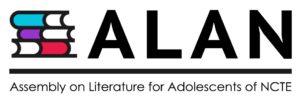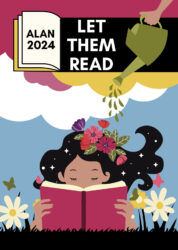
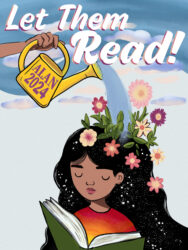
As ALAN 2025 approaches, I have been reflecting on my time on the ALAN Executive Committee, including my time as President of ALAN 2024, and I realized that I never shared my theme and remarks here. I am so proud of both of them as they truly are the foundation of what I believe as an educator, parent, and person.
Let Them Read
Theme Announced November, 2023
As our nation experiences the highest number of book challenges and bannings it has faced in recent history, those of us who work with young people continue to fight to let them read books that are “windows, mirrors, sliding glass doors” (Sims-Bishop, 1990) and “telescopes” (Toliver, 2021).
It is through books that readers can relate and connect to each other and to the world around them, making our world a better place. We know that the best way to plant the seed for the inclusive and understanding future that we strive for is by giving readers options to read about those different from themselves; that the best way to reduce the mental health crisis in our young people and to empower all of our students, specifically our historically marginalized students, to be their true, authentic selves is to let readers feel seen by reading about others like themselves; that the best way to learn about our world is to delve into narratives and information about it; and that it is through speculative stories that readers’ brains soar and see that possibilities are endless. It is for these reasons, and more, that we must continue to fight to LET THEM READ.
ALAN 2024 President’s Welcome
November, 2024
Good morning! I am Kellee Moye, your 2024 ALAN President.
For these next two days, I am so excited to celebrate the freedom to read with you all. I am so proud to be a member of this community which truly believes that all readers should have the opportunity to relate to books and be exposed to those who are different to them in books.
As our nation experiences the highest number of book challenges and bannings it has faced in recent history, those of us who work with young people continue to fight to let them read books that are “windows, mirrors, sliding glass doors” (Sims-Bishop, 1990) and “telescopes” (Toliver, 2021).
It is through books that readers can relate and connect to each other and to the world around them, making our world a better place. We know that the best way to plant the seed for the inclusive and understanding future that we strive for is by giving readers options to read about those different from themselves; that the best way to reduce the mental health crisis in our young people and to empower all of our students, specifically our historically marginalized students, to be their true, authentic selves is to let readers feel seen by reading about others like themselves; that the best way to learn about our world is to delve into narratives and information about it; and that it is through speculative stories that readers’ brains soar and see that possibilities are endless. It is for these reasons, and more, that we must continue to fight to LET THEM READ.
Over these next two days, I have aimed to grow our defenses, knowledge, and reach by featuring authors, illustrators, narrators, and editors who write for a variety of readers; are bold in their writing; and that want to cultivate a better future for young people.
There are many people I need to thank, and please read my remarks at the end of the program to see what fantastic support I’ve had as an educator and ALAN leader, but I am going to break tradition a little bit and begin this workshop with the poem at the beginning of the program. This poem was written by combining responses from current and past students at my school, Hunter’s Creek Middle School in Orlando, FL. I asked them: why is it important to have the freedom to read and why are diverse books important. Here are their responses:
Books can feel like home (but also) reading helps you get away.
Reading inspires me.
It leads to more questions and wanting to explore more things.
Books can lead to things you didn’t even know existed.
Being able to relate to a character helps you feel seen and less alone.
Reading freely is a portal to anything possible.
(Free) readers are open to new ideas; freethinkers.
It lets you develop your own opinions.
Through reading we can grow into better people.
Reading vastly leads to learning of all things,
bringing forth new leaders.
I wouldn’t be the person I am today without access to history;
without being in touch with my roots.
Reading is the essential pathway to any sort of growth.
Diverse reading opens doors to countless opportunities
for discovering more of who you are.
We need freedom over books because we can find ourselves in books!!
Kids should have the freedom to choose what they want to read
(because) reading a variety of books expands knowledge
and understanding.
We learn so much from books, even if it’s subconsciously,
about new things and diverse communities and cultures.
Then we can be open up to ideas in the real world
and open to understand people and their perspectives.
It is important to read diverse books
to get to know more about other people
(and) have more information about different cultures.
(This leads to) more empathy for people going through
situations that I have seen from books I have read.
Readers love relating to the characters in the books they’re reading,
(so) reading widely can help kids feel less alone.
Everyone should be able to read something they want to read,
rather than something that they don’t.
It is my decision to read a book that I like, not someone else’s.
(And) freedom in my reading encourages me to read more.
Diverse books can open your eyes.
And diverse books help people feel seen and included.
Don’t marginalize marginalized communities.
All perspectives must be seen and heard
(because) no two people have the same story to tell.
…
This is why we do what we do, and I am so excited for these next two days and the authors and educators we are going to hear from to help support the mission to LET THEM READ.
I always keep this in my heart as I move within the world;
I hope these words resonate with you, too.
Now onto Denver and ALAN 2025 and celebrating the Legacy of YA!

